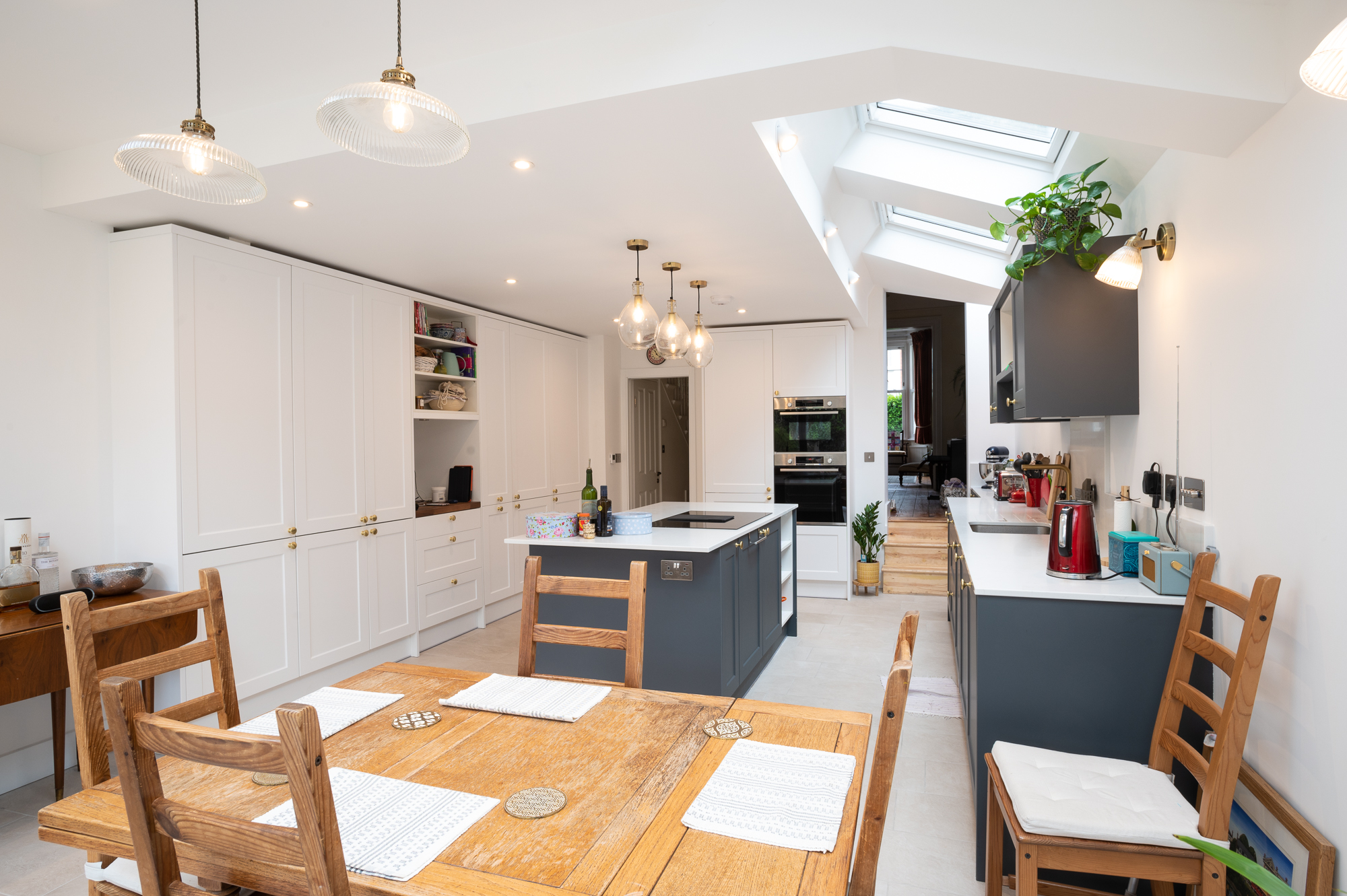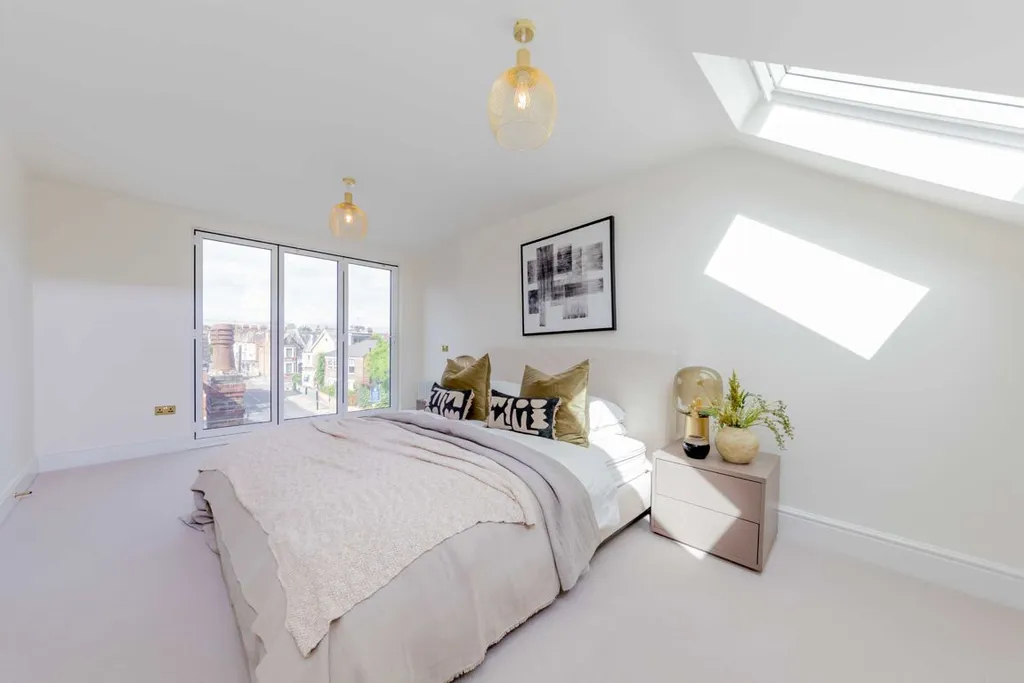Across the UK homeowner are constantly looking to add more space to their homes. Loft conversion is one of the most popular methods of extending but not every house is suitable to be converted. If you find yourself asking whether you home is suitable for a loft conversion, then following will put your mind at ease.
What is a loft conversion?
Loft conversion can be a great way to add extra space and value to your home by turning the unused dull attic space into a office, reading nook or even a master bedroom depending on the type of home you have. There are several types of loft conversions, including dormer, mansard, and hip-to-gable, which differ in terms of the type of roof construction and the amount of space that can be gained. It is also possible to carry out a loft conversion without the need for planning permission, whether you have a detached house, semi-detached house or a terraced house, depending on the scale and nature of the work.
However, before you start planning and budgeting for the project, it’s important to consider whether your home is actually suitable for a loft conversion. Here are some key factors to bear in mind when determining whether your home is suitable for a loft conversion:
1. Roof structure:
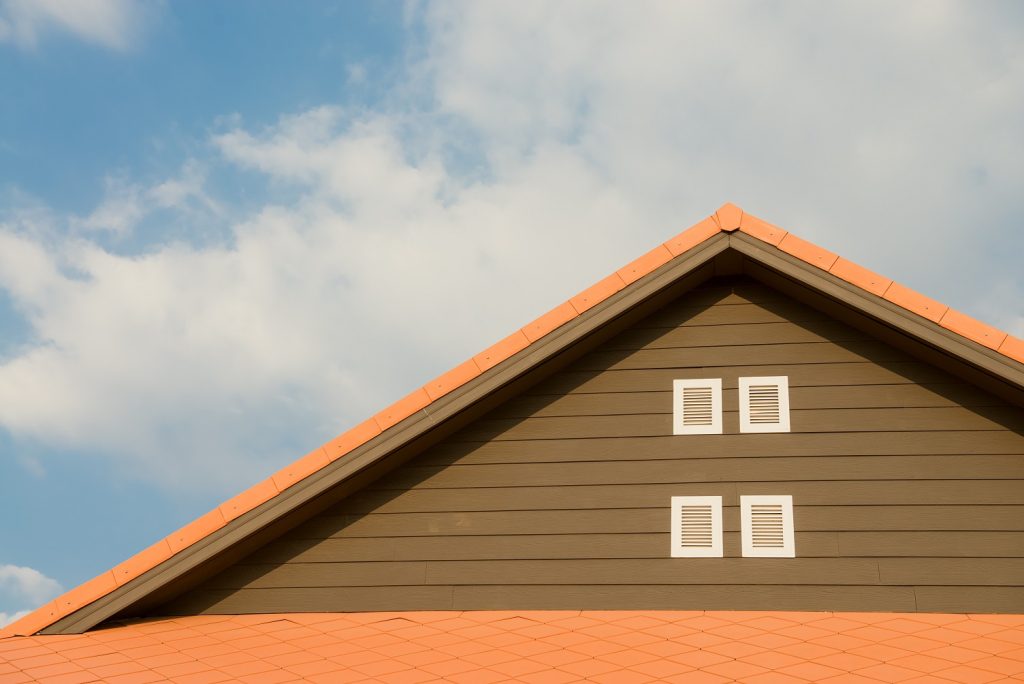
One of the most important things to consider when deciding whether your home is suitable for a loft conversion is the structure of your roof. If your roof has a truss design, it may not be suitable for a loft conversion as the trusses are not strong enough to support the additional weight of a new floor and any furnishings or appliances you plan to put in the converted space. On the other hand, if your roof has a traditional rafter design, it is more likely to be suitable for a loft conversion.
2. Head height:
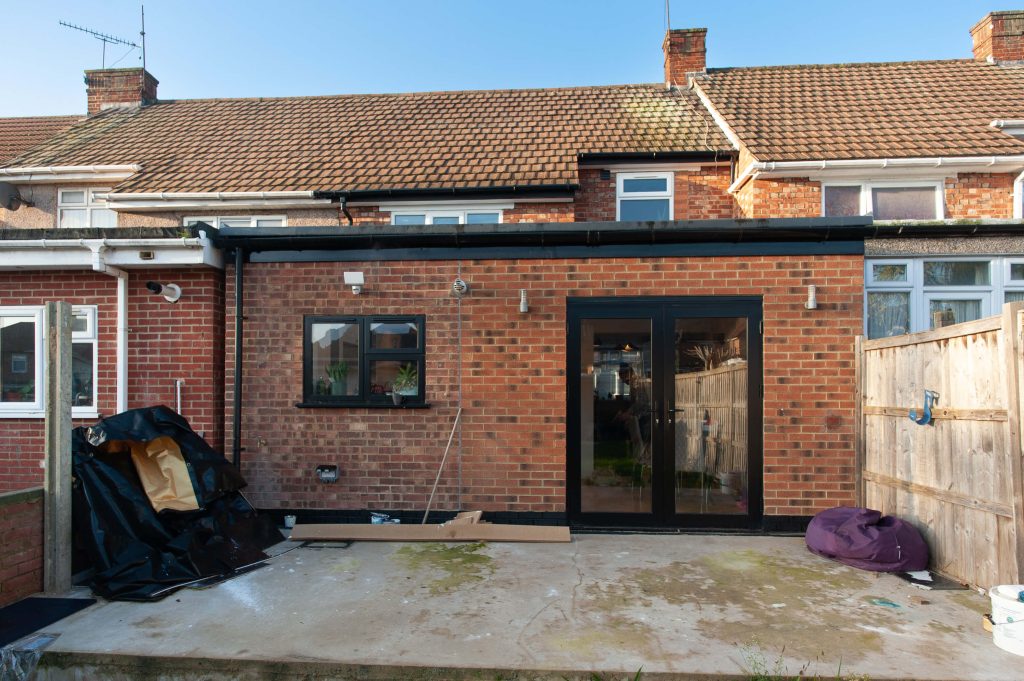
Another important factor to consider is the amount of head height in your loft. Ideally, you will want a minimum of 2.2 meters of head height from floor to the highest point in the ceiling in your loft to make it comfortable and functional. If your loft has less than this, it may not be suitable for a full-scale loft conversion. Another yet fairly expensive option is to lower the floor level. It important to remember that this way will be expensive will need demolishing the roof of the floor underneath. However, it may still be possible to do a partial conversion or create a small, cosy space in your loft if head height is a concern.
3. Staircase:
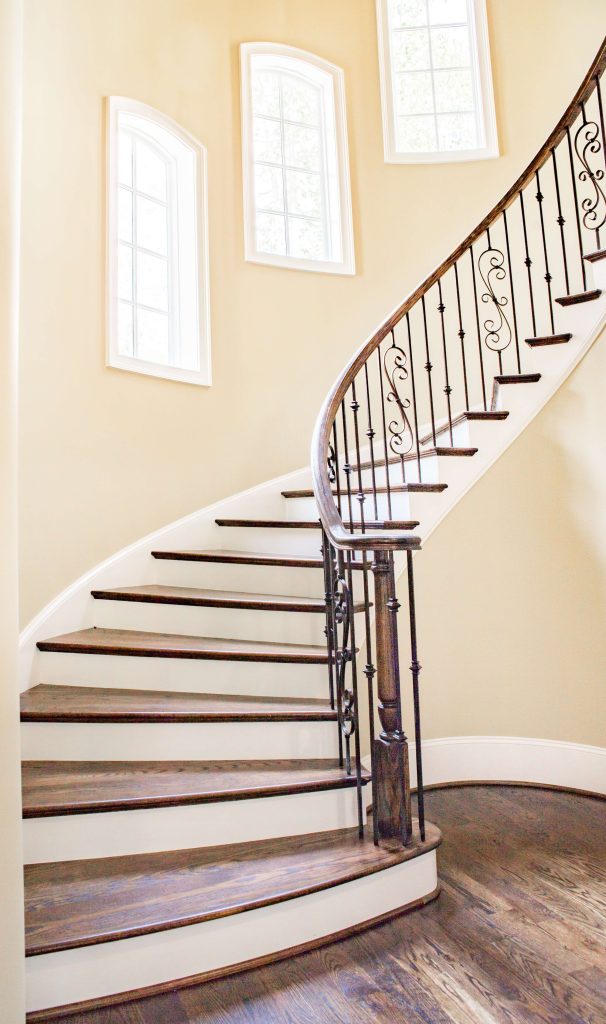
In order to access your new loft space, you will need to install a staircase. This means you will need to have enough space in your home to accommodate a new staircase, which can be quite bulky. If you don’t have enough space for a staircase, a loft conversion may not be feasible.
4. Load-bearing walls:
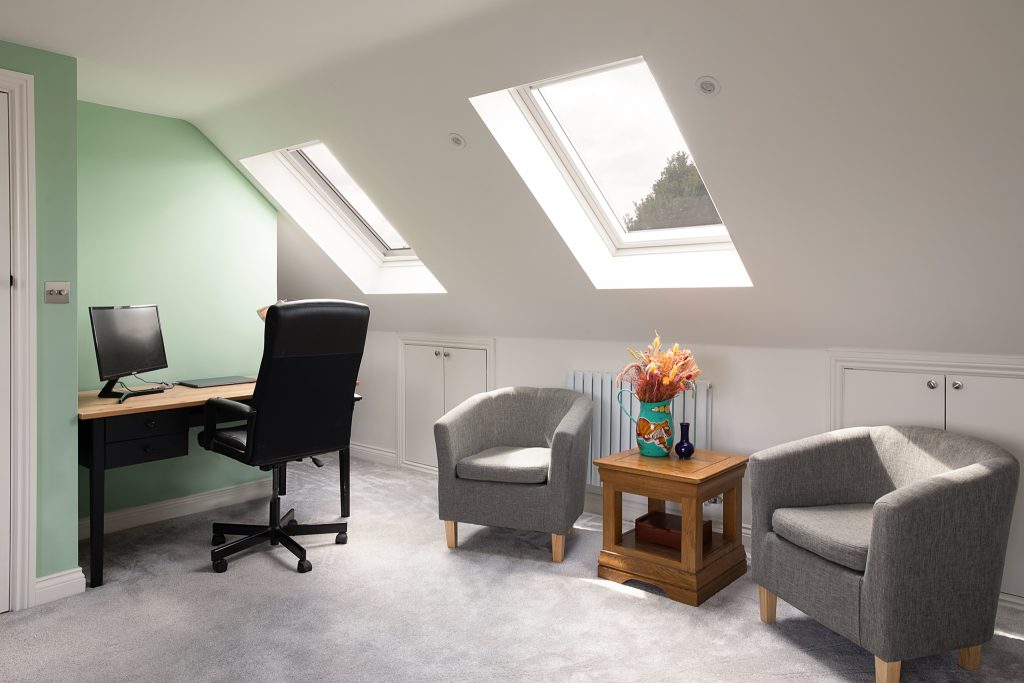
If your home has load-bearing walls, it may be more challenging to do a loft conversion as these walls are essential for supporting the weight of your home. If you do have load-bearing walls and are still interested in a loft conversion, you will need to work with a structural engineer to determine whether the walls can be removed or modified to accommodate the conversion.
5. Party wall agreement

A party wall is a wall, boundary, or outbuilding that is shared between you and your neighbour. If this common space is impacted by your project, you must get the consent of the affected homeowners at least two months before work begins.
Serving a “party wall notice” is what you’ll need to do in order to get approval. If your neighbour responds with written permission, then a ‘party wall award’ won’t be needed allowing the work to proceed.
6. Planning permission:

You may need to obtain planning permission for a loft conversion. This is typically required if you are making significant changes to the external appearance of your home or if you are planning to create a larger living space in your loft.
In some cases, you might not need a planning permission if the loft conversion project fits in your permitted development rights. It’s important to check with your local council to see if you will need planning permission for your loft conversion as the building regulations differ depending on the area you live in.
7. Location
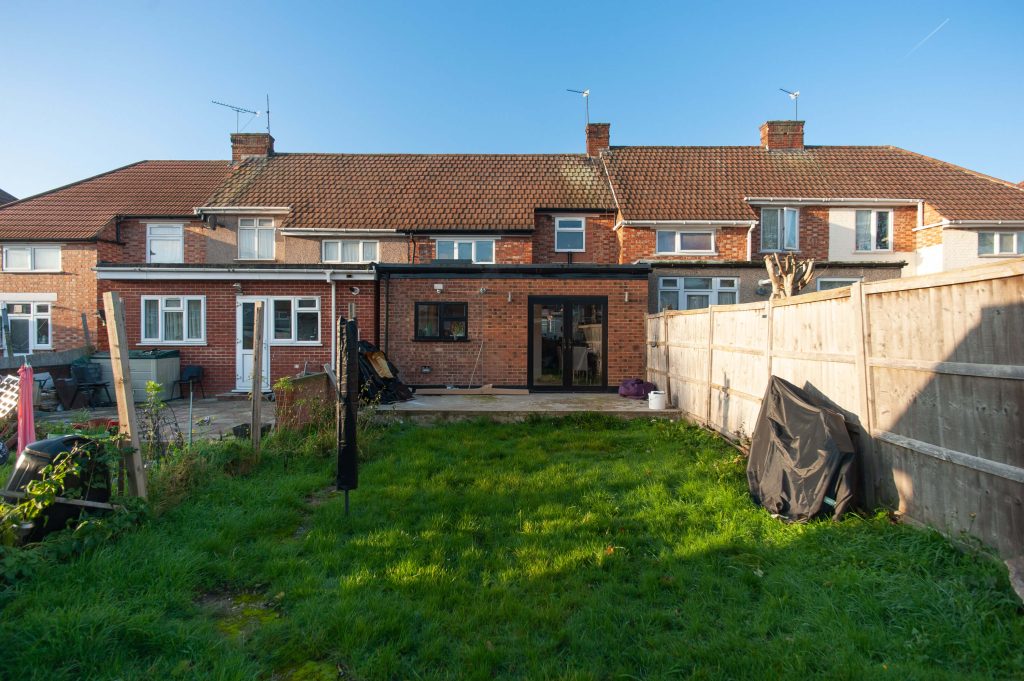
One other important factor to consider is the council where your property is located, as every council can have different regulations. If you live in a conservation area, rules for conversions can be stricter. But that doesn’t mean you should not do a loft conversion.
Have a look around your neighbourhood. If similar houses have a loft conversion already, it is very possible for you to convert your loft as well!
If you’re still no sure if your loft is suitable and what your options are for either your loft or home in general, don’t worry! We offer a free consultation with one of our expert team members. Get in touch now so we can help you with your home improvement journey and make it smooth and enjoyable.



